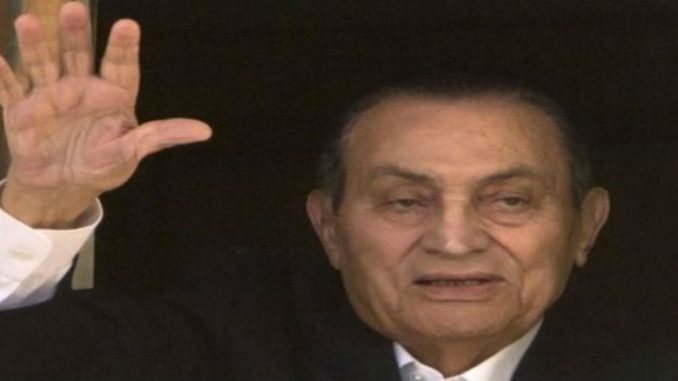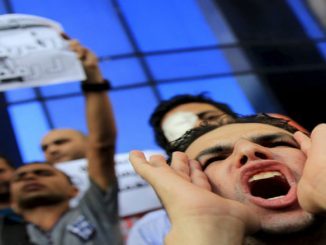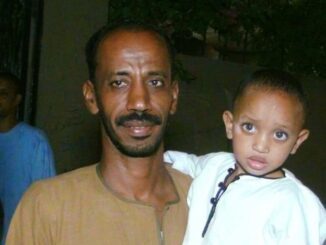
Former Egyptian Autocratic President Hosni Mubarak has been freed from detention, six years after being overthrown.
His lawyer said that Mubarak left a military hospital in southern Cairo and went to his home in the northern suburb of Heliopolis.
Earlier this month, he was ordered freed after Egypt’s top appeals court found him innocent on the involvement in the killing of protesters on January 25 Revolution that toppled his 30-year rule in 2011.
Mubarak, 88 years, became president in 1981 after Anwar Sadat’s assassination.
Since 2013, Mubarak has remained in Maadi Military Hospital as he was transferred there on bail from Tora prison.
Mubarak’s retrial captivated viewers when he appeared in a courtroom cage on charges that ranges from corruption to complicity in the murder of peaceful protesters.
In 2012, Mubarak was sentenced to life in prison in for conspiring to murder 239 demonstrators during the revolution.
However, an appeals court ordered a retrial that culminated in 2014 in the case against Mubarak and his senior officials being dropped.
Accordingly, the appeal by the public prosecution led to the final retrial by the Court of Cassation.
This month, Judge Ahmed Abdel Qawi announced after hearing that took most of the day that,”The court has found the defendant innocent.”
Moreover, the court rejected demands by lawyers of the victims to reopen civil suits.
That left no remaining option for appeal or retrial, according to a judicial source.
The families of those killed, who had attended the trial early on, were not present on the trial, however, lawyers condemned the verdict as “politically motivated”.
Osman al-Hefnawy, a lawyer for the families, said “This ruling is not fair and not just. The judiciary is politicized.”
On the other hand, the courtroom was filled with Mubarak’s supporters who cheered “long live justice” as the verdict was read out and unfurled posters of their former leader.
In fact, recent media reports said that the government of Abdel Fattah al-Sisi was reluctant to free him because of the public backlash that might accompany such a move.
However, it seems that al-Sisi who served as Mubarak’s military intelligence chief, has ignoed any possible public opinion reaction.
More than 800 people are believed to have been killed as security forces clashed with protesters in Cairo, Alexandria, Suez and other cities around Egypt during the 18-day revolution that forced Mubarak to resign.
Mubarak’s rule was a period of autocracy, capitalism and social injustice.
After January Revolution that ended his autocratic regime, Egyptians dreamed of freedom, democracy and social justice. In this context, Egyptians elected for the first time, in a freely democratic elections,President Mohamed Morsi.
But the Egyptians hopes quickly faded away when Abdel Fattah al-Sisi, the Minister of Defense at that time, launched a a bloody military coup in 2013 that ousted Morsi who only lasted a year in office.
Since then, the Egyptian authorities launched a massive crackdown on Morsi, his Muslim Brotherhood, political opposition mainly Islamists , lawyers, rights groups and journalists.
In a single day, hundreds of Morsi supporters were killed in the dispersal of Rabaa al-Adaweya Square and al-Nahda sit-ins while thousands were jailed in unhumanitarian conditions in Egypt’s prisons.
Later, the military coup started to widen its repression circle to include secular and liberal activists who were at the forefront of January Revolution but opposed Muslim Brotherhood rule.
On the other hand, Mubarak-era figures were gradually cleared of charges and many laws putting restrictions on political freedoms has raised fears among activists that the old regime is back strongly.



